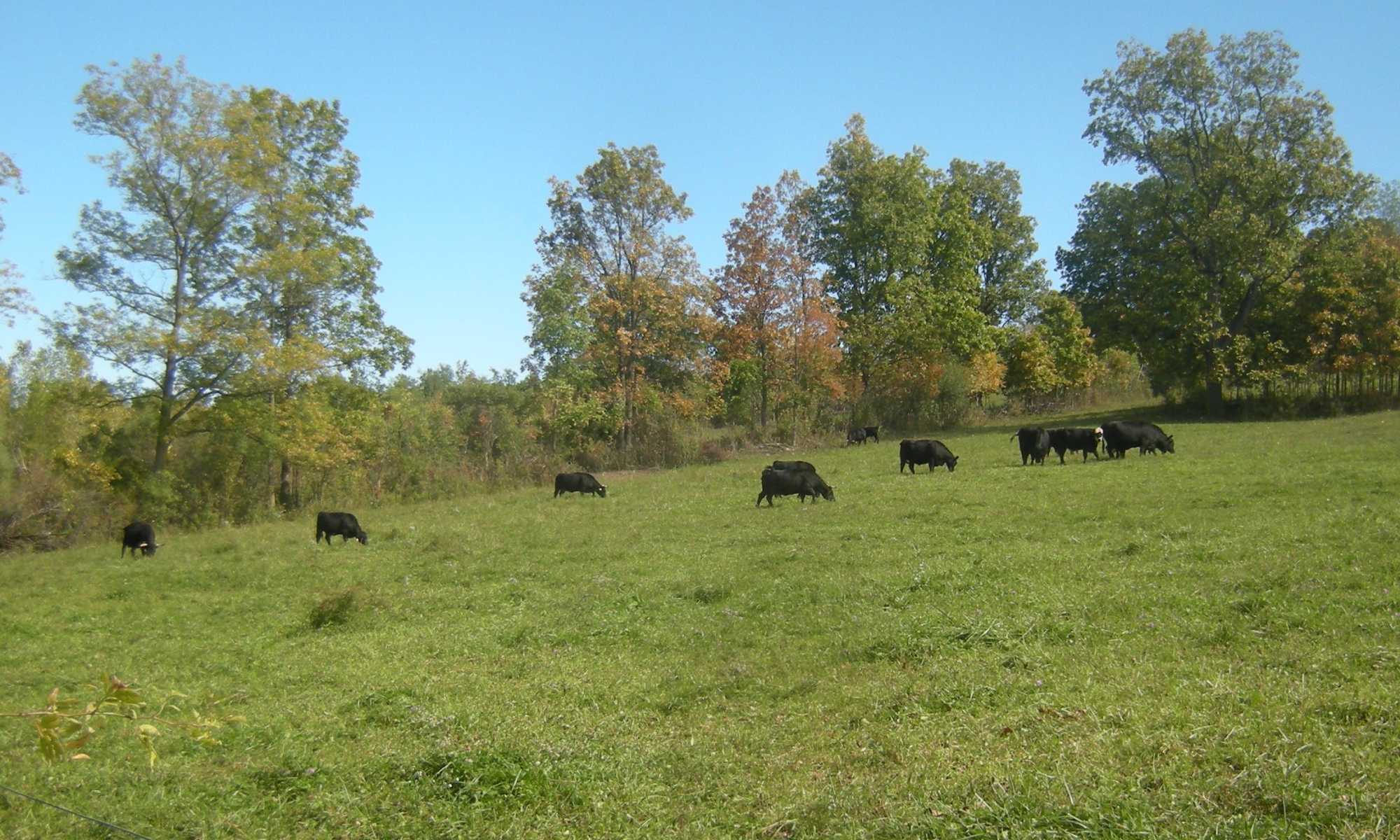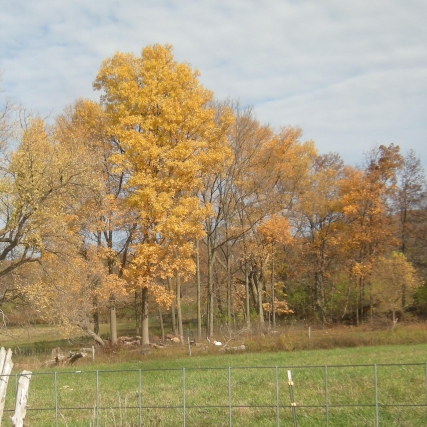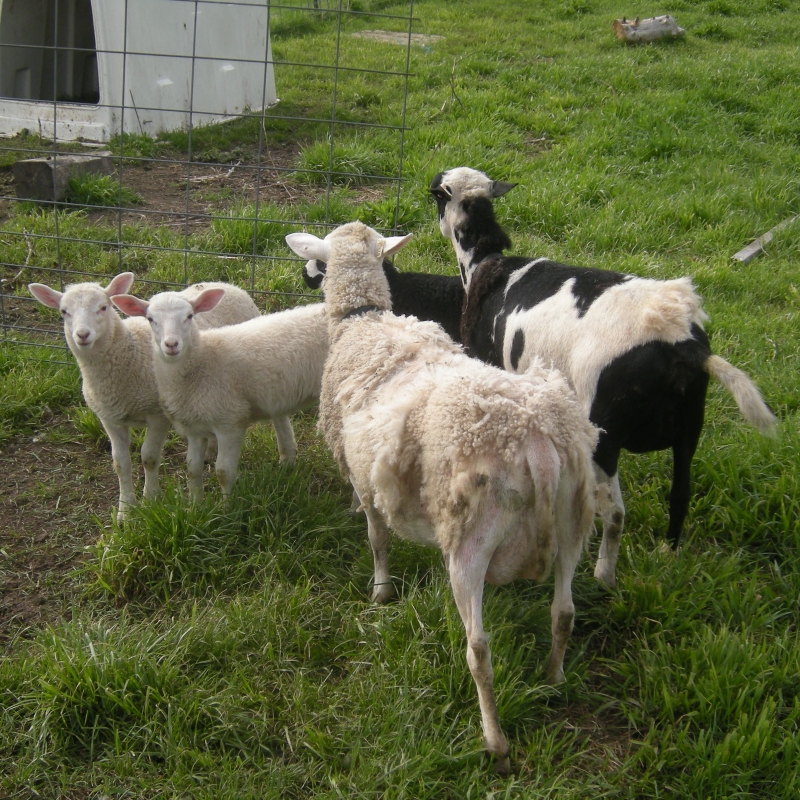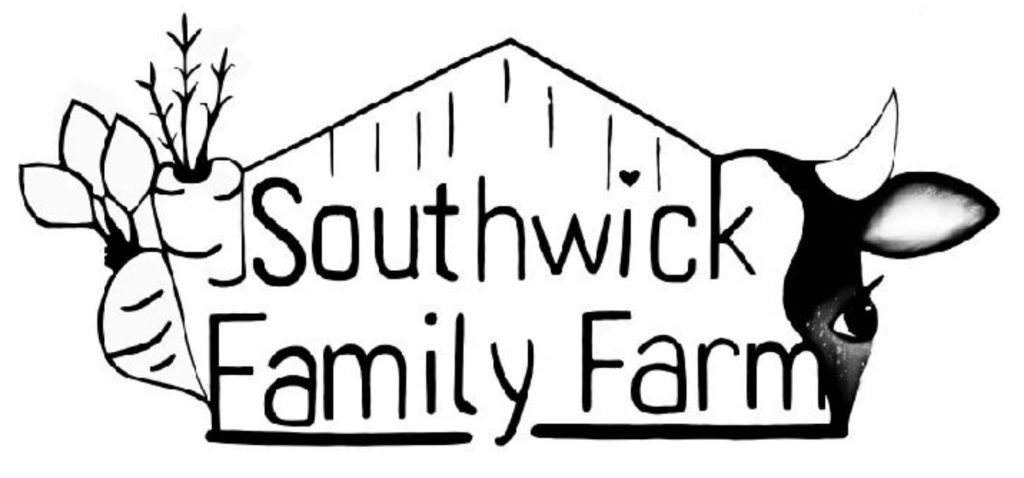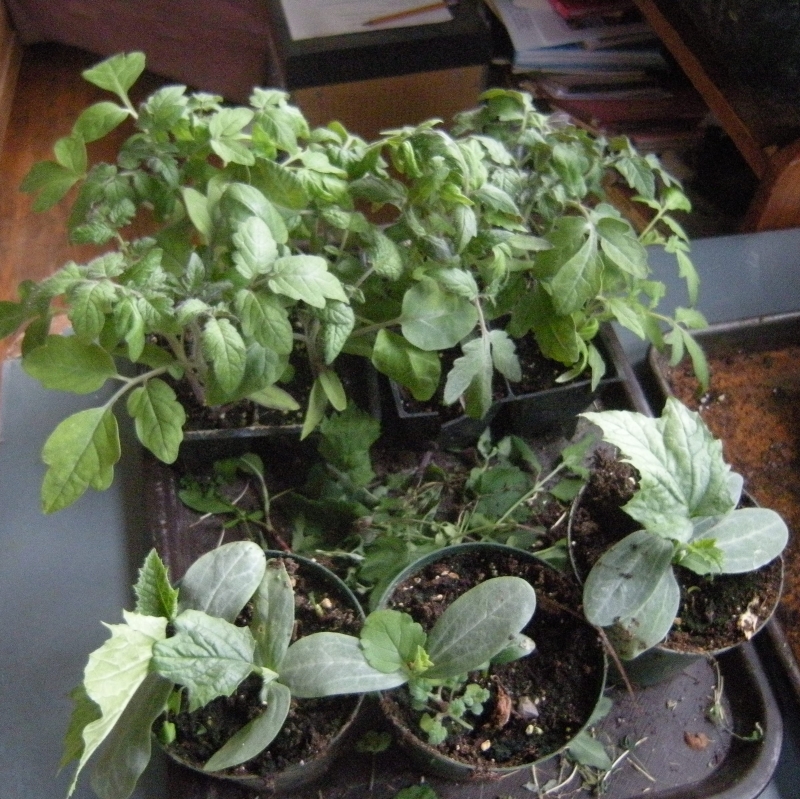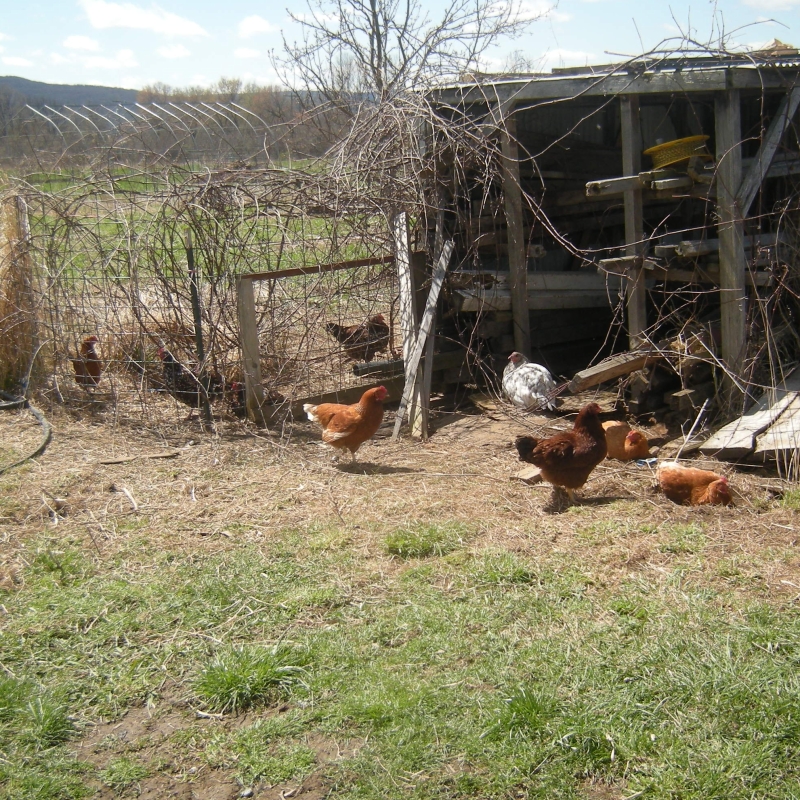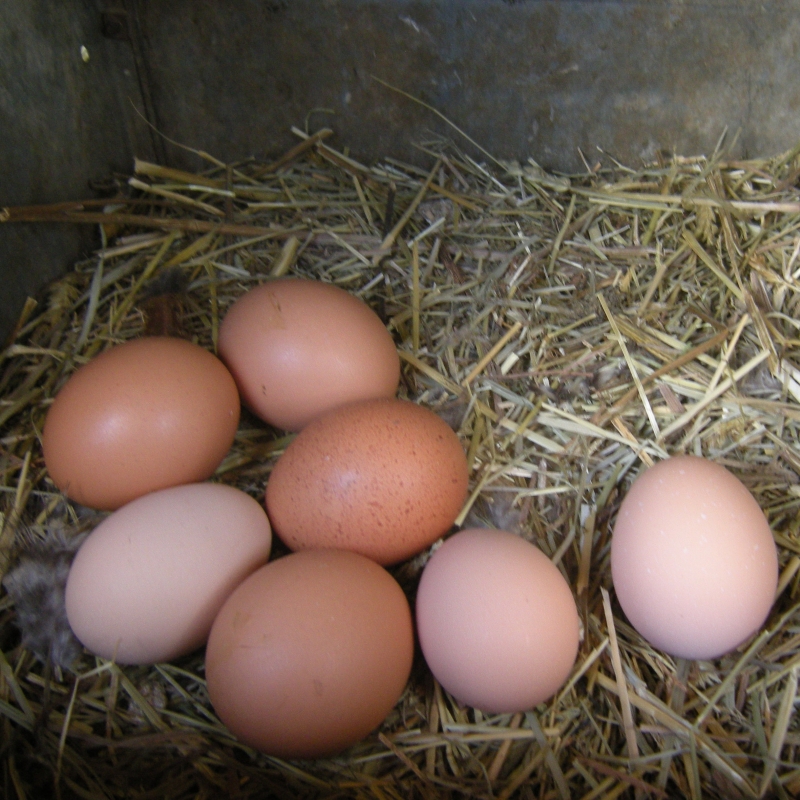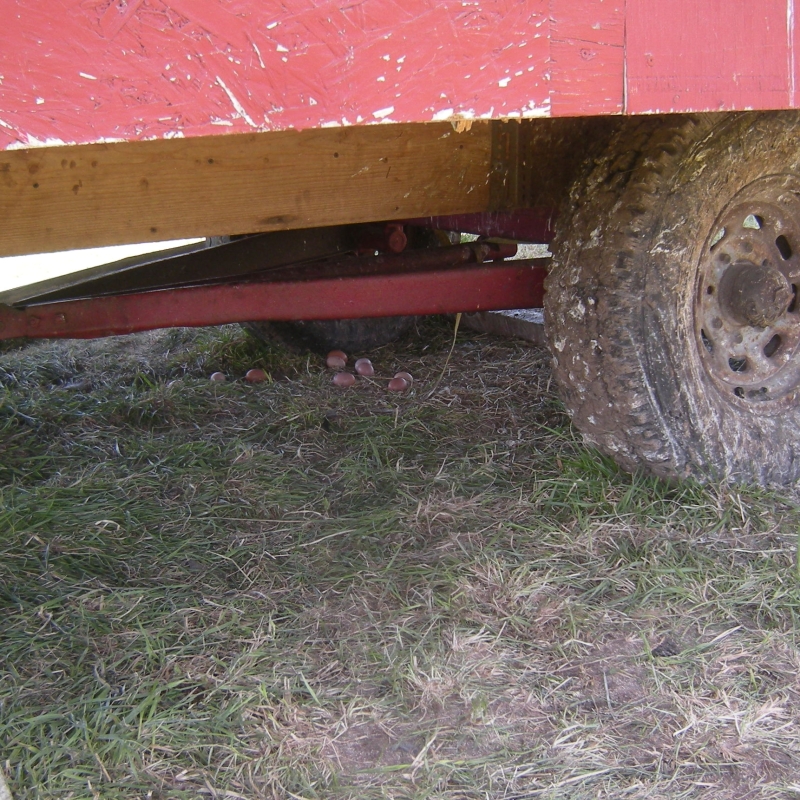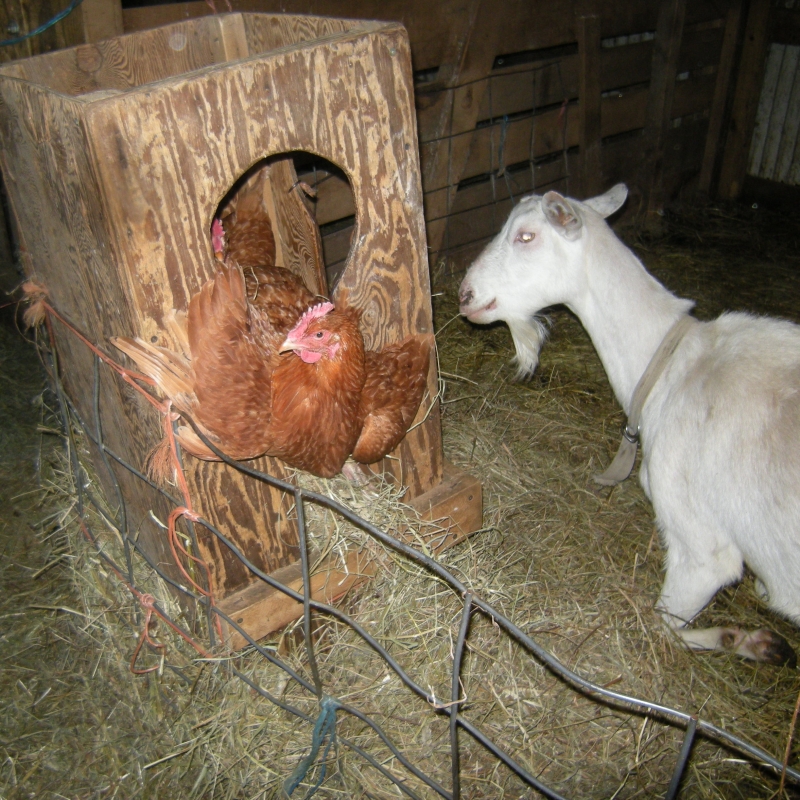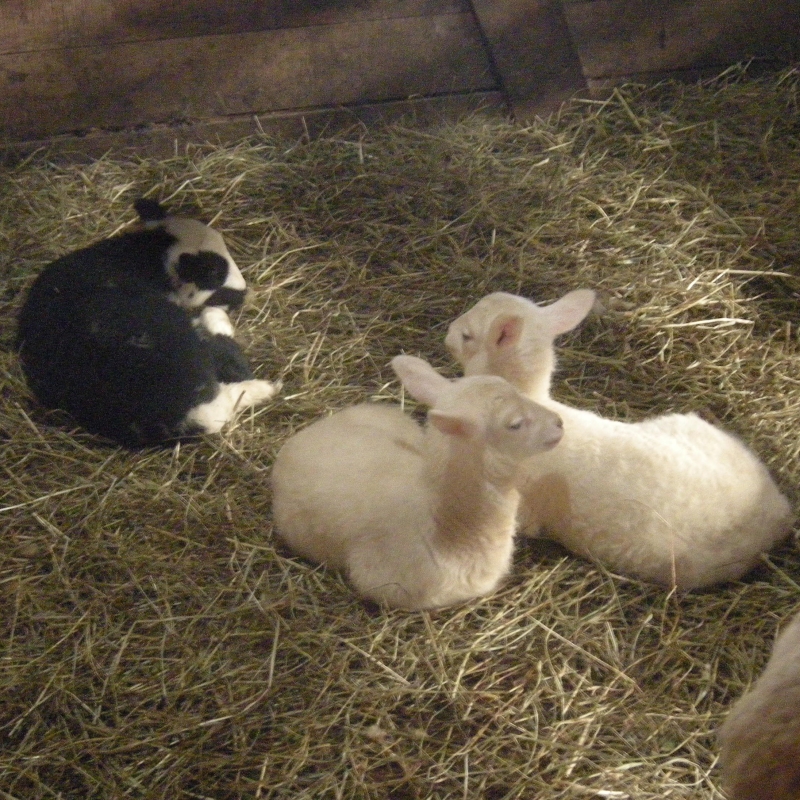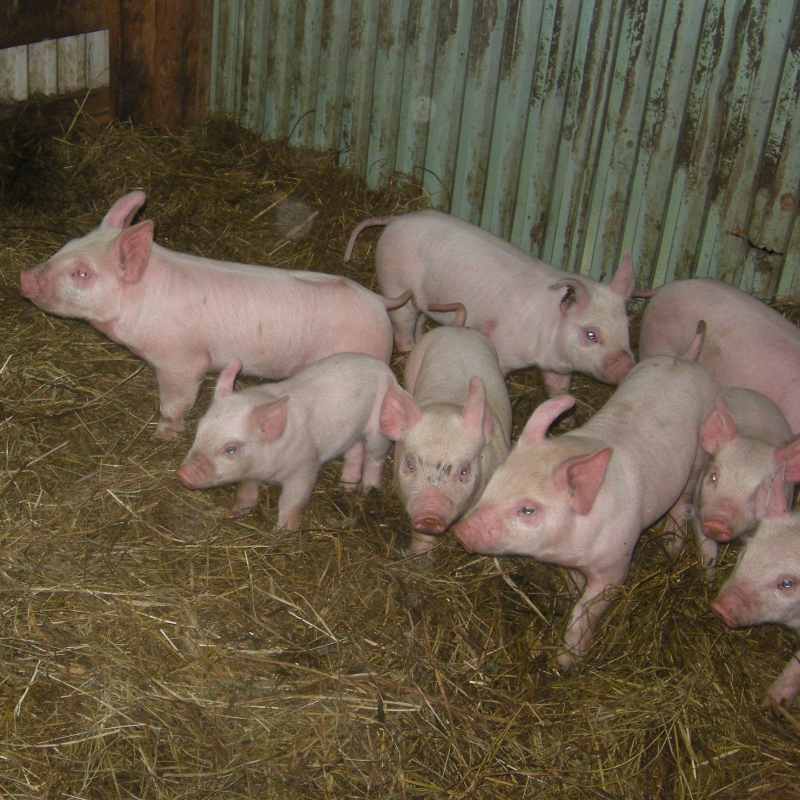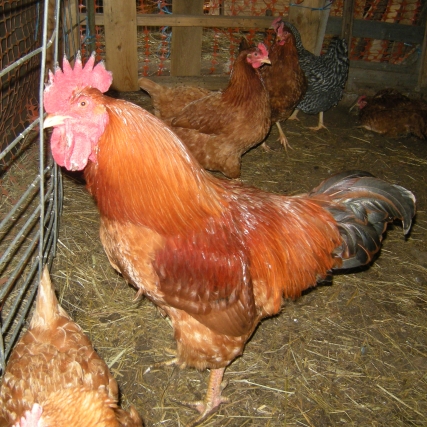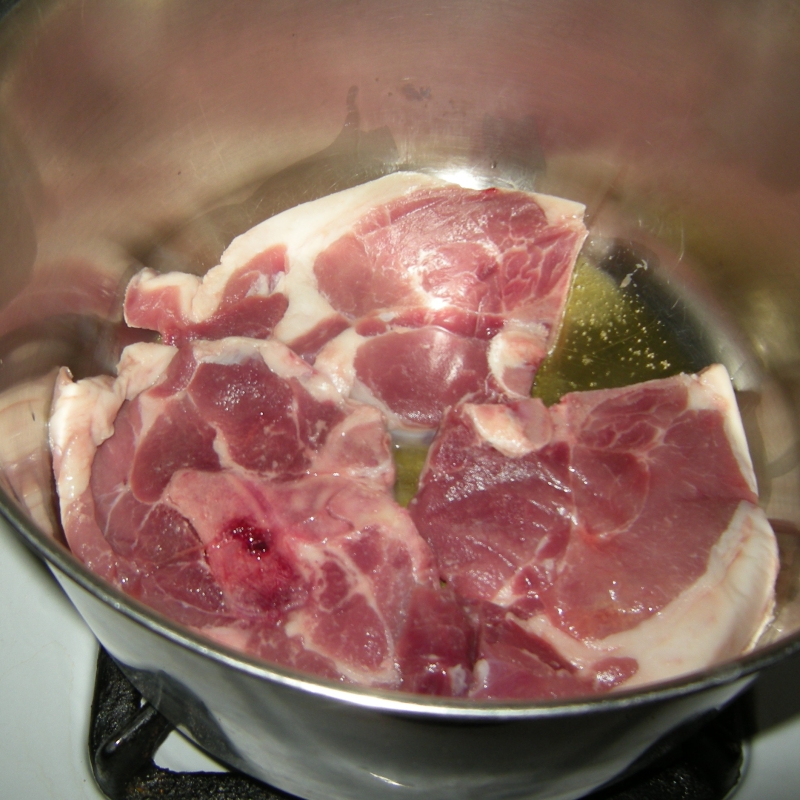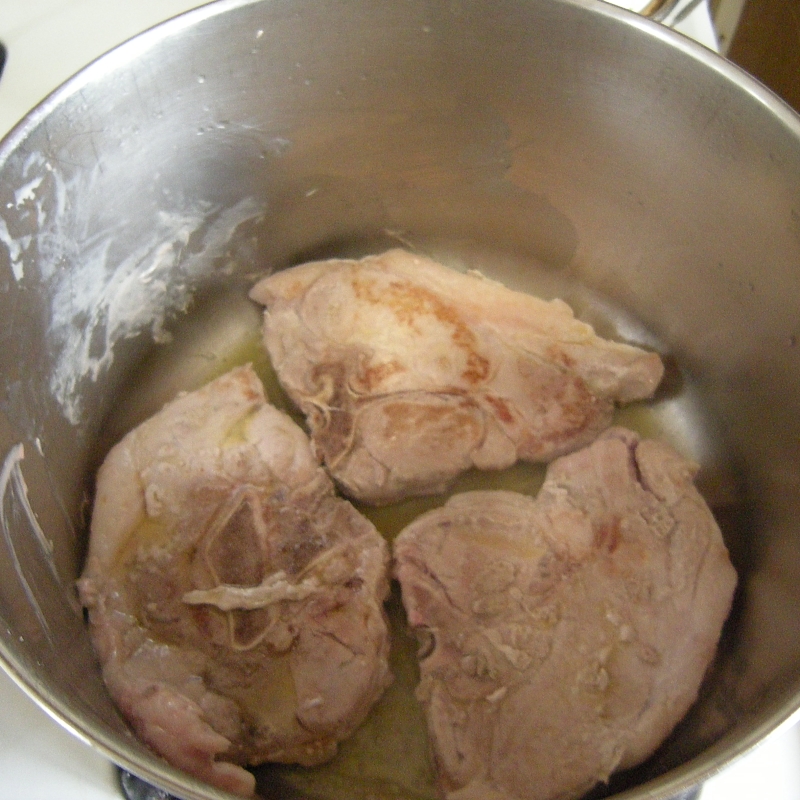We have used several methods to hard-boil eggs over the years. Ron likes to steam boil them. Joe likes to put them in a pan of water and boil them for 15 minutes.
I have my own method, based on Ruffage: a practical guide to vegetables by Abra Berens. I tap the eggs, giving them a slight crack on the bottom, bring them to a boil for 1 minute, let them sit in hot water for 11 minutes, and cool them in 1 change of cold water.

Pre-boiled eggs 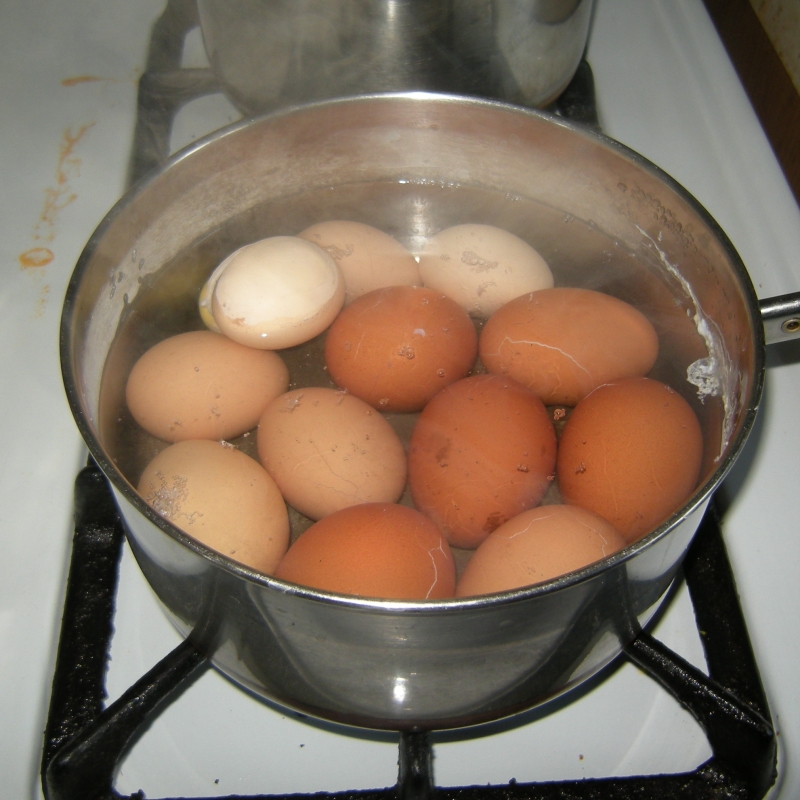
Hard-boiled, but not cooled
After they have cooled, I crack them on all sides. Then I pull the shell off, rinsing the egg in water as needed. The pic on the left shows the cracked shells with one egg on the right still to have the shell pulled off. The pic on the left shows shelled eggs.
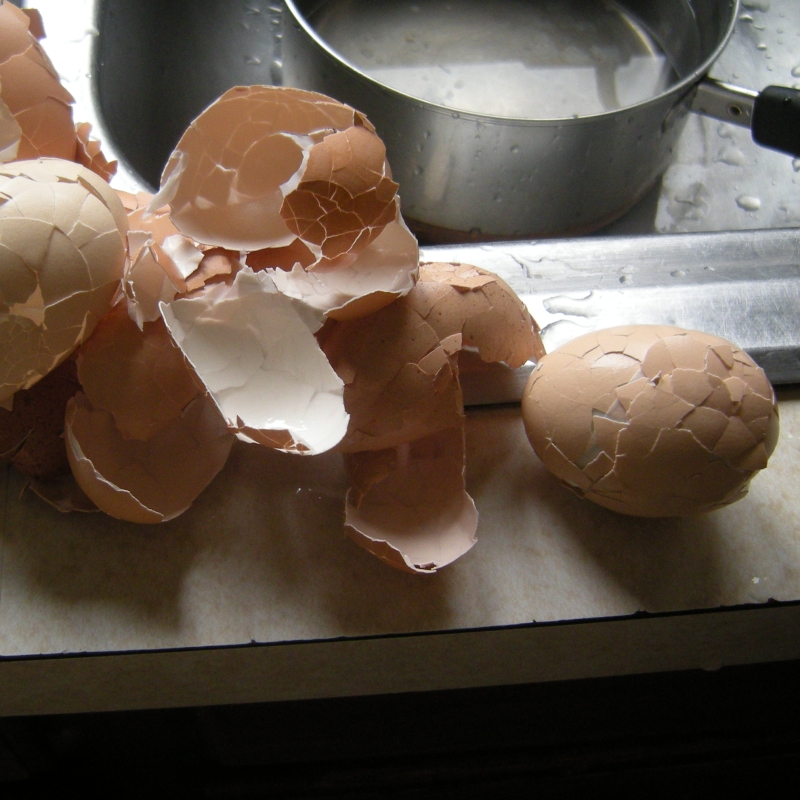
Egg shells with one of right still to get shelled 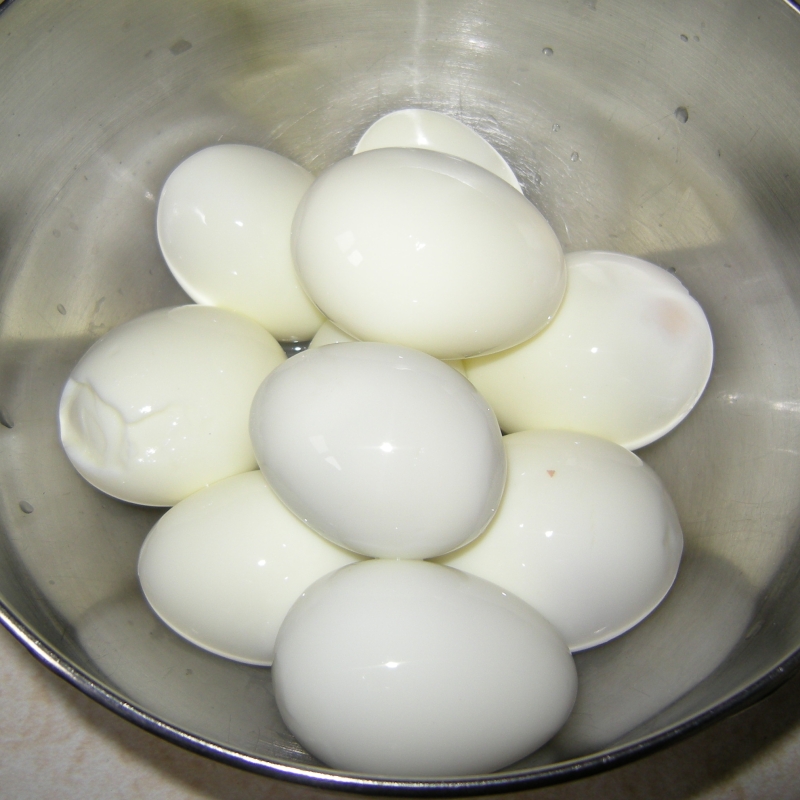
Shelled eggs
Hard-boiled eggs can be used a lot of ways:
- Eaten straight up with/without salt
- Chopped up and added to salad
- Chopped up, mixed with mayo, mustard, cottage cheese, other seasonings and served on bread for egg salad sandwiches or mixed with cooked potatoes or elbow noodles for potato or pasta salad
- Used for deviled eggs
- Sliced and used for an edible garnish
Ingredients
Method
- Gently tap and crack the rounded end of the egg on the counter. You just want a small hairline crack. Do this for all the eggs.
- Lay the eggs in a sauce pan. Just barely cover with water that is a similar temperature to the eggs.
- Cover, put on the stove top, bring to a boil. Boil for 1 minute.
- Turn off the heat and let the eggs sit covered for 11 minutes.
- Drain the water and cover with cold water. Let sit for 5-6 minutes. Drain water and repeat.
- Drain the water and use the eggs as needed. They can be kept on the counter for several days, but will store best if refrigerated.
- To peel the eggs, I like to crack them all around, then peel the shells off. There is a inner soft shell. Sometimes you need to get a fingernail under that layer to get all of the shell to come off. And sometimes I need to rinse them off in water to get little shell bits off of the egg.
